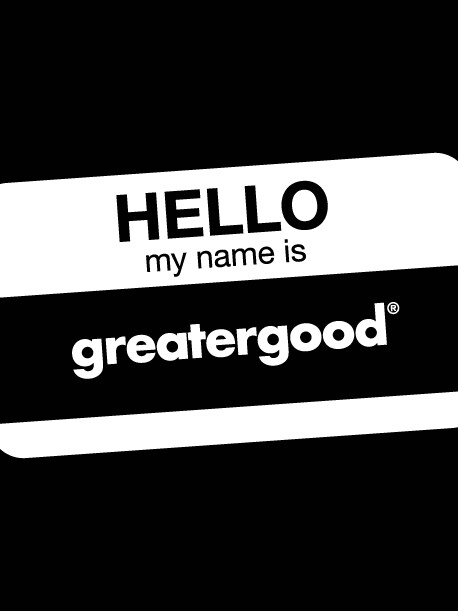Bringing a food product to market is a delicate balancing act of numerous variables. Your chosen food packaging design will have a direct impact on your cost of goods (how much does it cost us to make?), brand positioning (are we premium or budget?), your interest from grocery buyers (have we seen this before?) – and more.
Choices around food packaging can seem trivial in the early days of launching an FMCG brand. Making strategic choices in the early days can save vast amounts of money on production problems, product recalls, lack of product market fit and more.
Here we cover some of the most crucial considerations for food packaging design...

1. Your Packaging Format
Considerations when thinking of your packaging format:
- COGs/Cost of goods (the bigger your packaging format the more expensive your ingredients will be)
- RRP (more cost of goods equals needing to achieve a higher RRP)
- Shelf space needed – if your product is taking up more shelf space than a competitor brand, is it sat at a higher price point? How will you justify that extra space on shelf to your buyer?
- Is your size right? Do consumers finish your product and feel satiated, or cheated that it was too small to begin with? How will you ensure satisfaction and repeat purchase?
- How easy is shipping? – are you launching a drinks product in glass when you could launch directly into cans instead? Are you primarily creating a DTC (direct-to-consumer) brand? Could you create a format which is easy to mail and fit through a letterbox (brands like Graze did this to huge success in the early DTC days)
- How easy is it to produce? If you had to move production / co-manufacturer at the drop of a hat, would you struggle to find another partner to produce due to restrictions with your packaging format?
2. Product Visuals
Considerations when thinking of how your customer can see your product on pack:
- Will your product have a window to view the product? If so, how will it look after several months? Will it still look appetising if it becomes broken in transit, or if the product starts to sink to the bottom of the packaging?
- Photography – if you are choosing product photography instead, what hierarchy does this need in relation to product SKU title and product claims?
- Do you have a product that everybody understands already and may not need any images? Or something more niche that a consumer needs to understand and “derisk” through visuals
3. Brand Ownability & Shelf Standout
Considerations when thinking of how ownable your brand looks, and how much it stands out on shelf:
- How could you bring a different format to your category to gain a real competitive edge?
- Within your category – what is the overall colour palette and visuals used? What could you do completely different to gain shelf standout?
- Does your packaging design demand attention (advance), or blur in with the competition (recede)?
- Is your brand footprint recognizable across your SKU range?
- Do your SKU colours compliment your main brand colour and work in harmony, or do they feel disjointed and awkward?
4. Your Proposition & Messaging
Considerations when thinking of how easy your product is to “get”:
- Do you have a short and concise SKU name that can live on packaging at an appropriate size?(Remember online product titles are often shrunk down and may only show your first 3/4 words)
- Does it make sense? Take a step back, drop the emotions, and ask people who aren’t your friends and family if they immediately understand your product. Does the messaging make sense? Is it clear how to use the product? Is it clear who the product is for and what problem it is solving? If you find yourself repeatedly having to explain your product – and find it easier to sell “in the flesh” you may need to rework your messaging or your proposition.
- Does your product description live up to the taste, texture and visual cues of your product? Are your hero ingredients on packaging the same as the experience when eating?
5. Your Brand / Product Positioning
Considerations when thinking of how consumers view your product, and the value it gives them:
- Is your brand inline and feel like it is in harmony with the pricing for your product? Or does it feel disjointed?
- Does your pricepoint reflect the quality of your product in relation to the rest of the category? Do consumers really know why they are paying more? How are you signalling the difference before a purchase is made?
Looking for a food packaging design agency?
We’ve been working with food and drink clients for over 20 years – our work spanning everything from brand identity, packaging design, retail strategy and more.

Greatergood Brands®
Daniel Hinde is the Founder & Creative Director of Greatergood Brands. Daniel has over 20 years commercial experience building brands for global household names and disruptive challenger brands.
Sign up to our building better brands newsletter
Free insights for scaling brands









